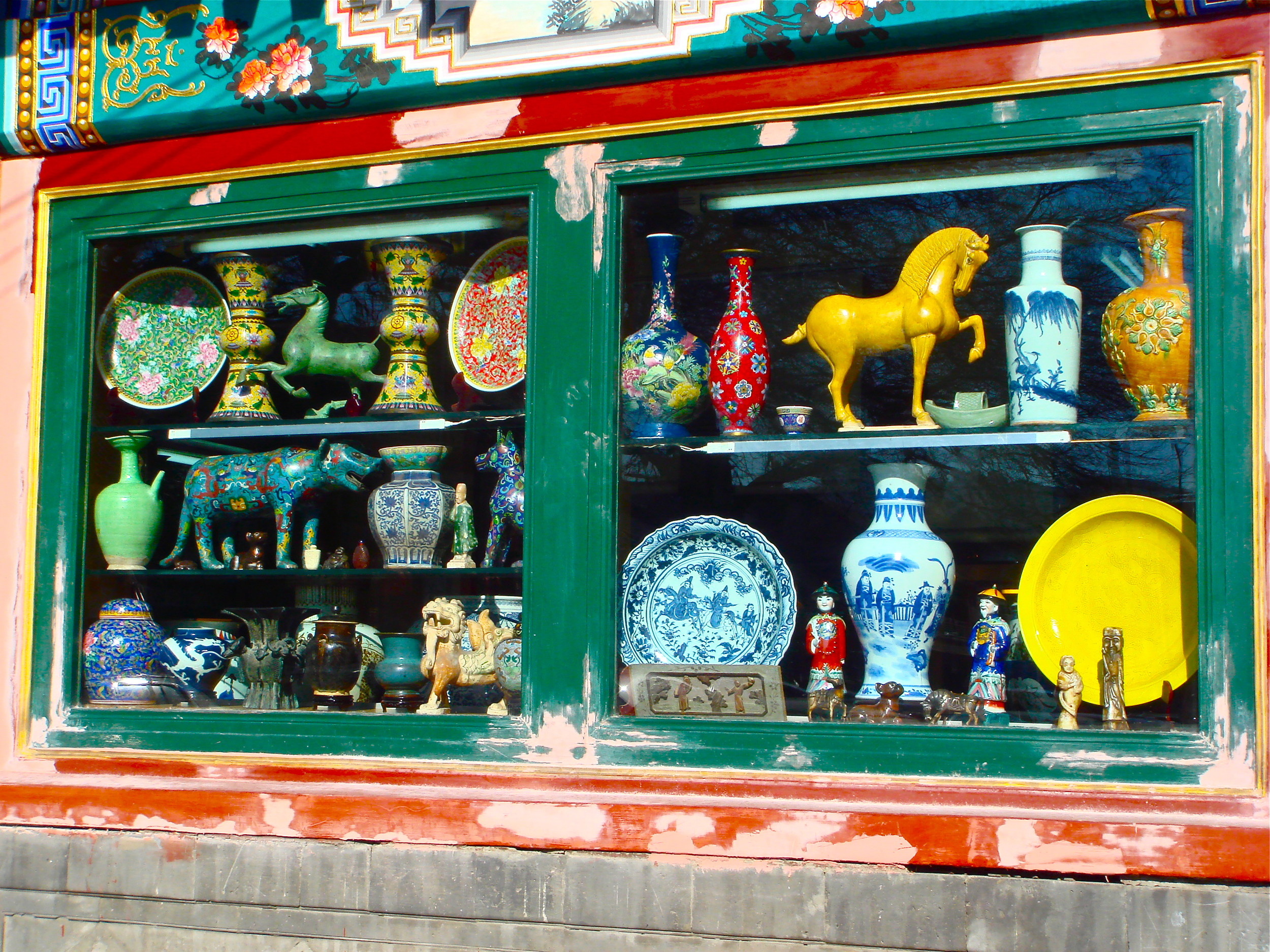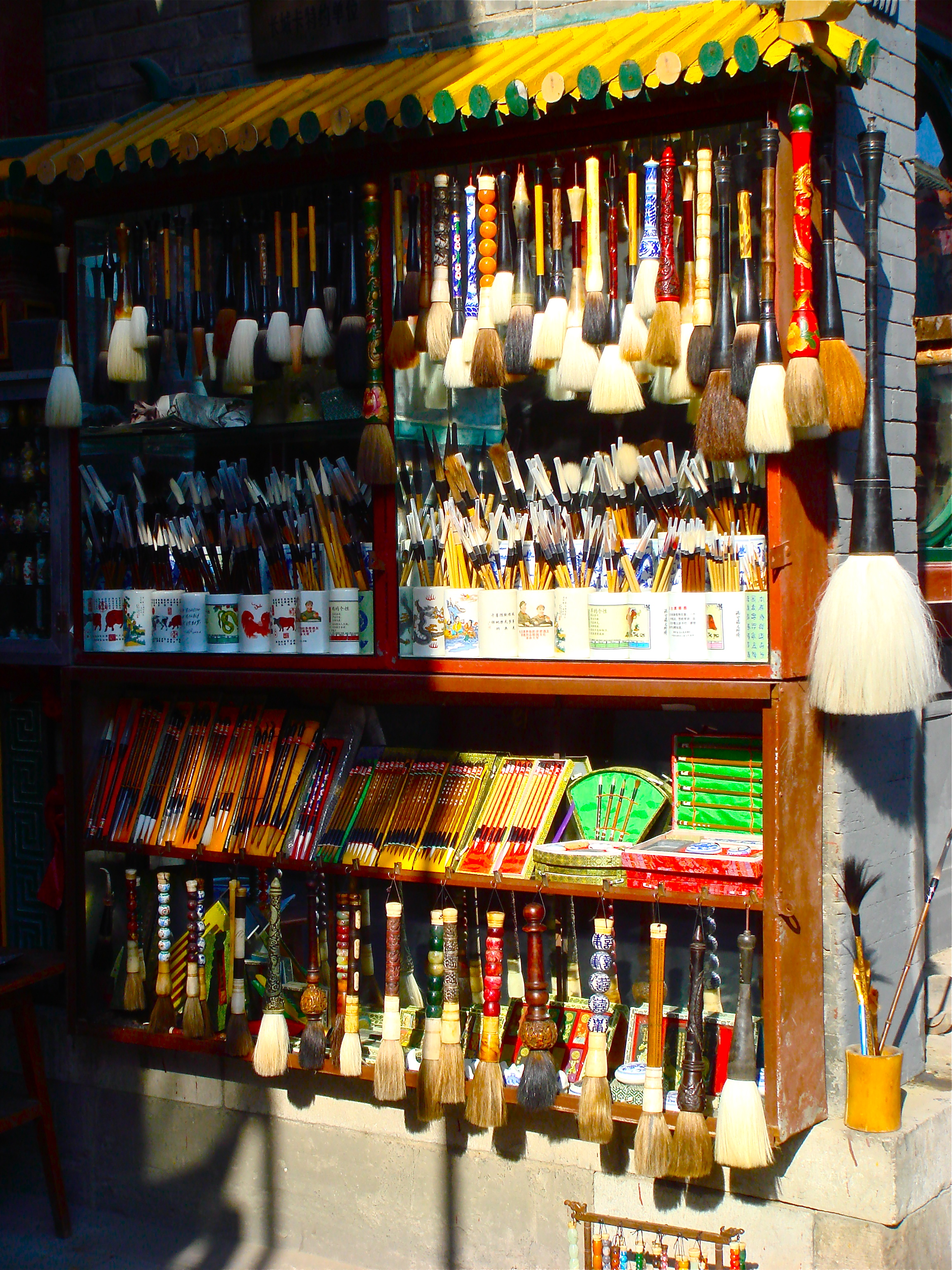If you would like to spend your time in Hawaii with a view of prison bars rather than palm trees, or if you feel like shelling out a bunch of money to the police instead of buying souvenirs, all you have to do is wander into one of the thousands of acres of pineapple fields all over the Hawaiian islands and pick one of the spiky fruits off its plant.
Though each acre of pineapple field supports about 6,500 plants, it takes nearly TWO YEARS for a plant to reach the point where it can begin to bear fruit.
Each plant will only produce 2 pineapples in its lifetime, one in its second year and one in its third.
The fruit is not considered ready to pick until it weighs about 5lbs and is unique among fruits in that it does not continue to ripen after it is picked, so the timing must be perfect.
Because of the length of time they take to grow, and how important it is that they are on the plant until ripe (and the fact that it is one of the country’s largest exports), it is illegal to pick pineapples in Hawaii.
If you are still desperate to have the experience of plucking the fruit from a field yourself, don’t risk wandering into one of the well-monitored fields on your own and ending up with Dog The Bounty Hunter on your tail. Avoid getting arrested by going on a ‘picking’ tour at the Dole Plantation on the island of Oahu instead OR order a pina colada at your hotel bar and ‘pick’ a piece of fresh pineapple off the side of your glass.



























